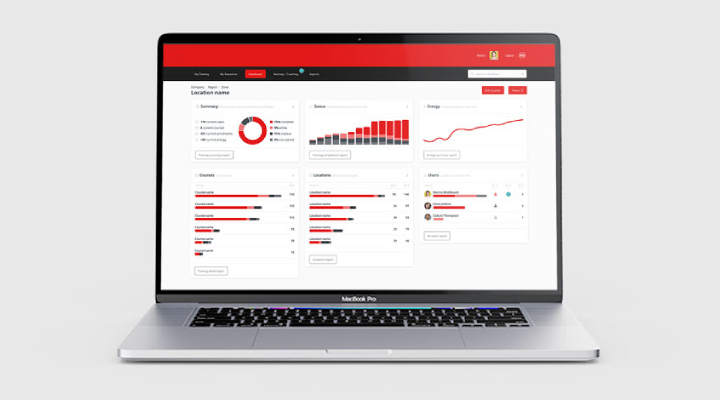You’ve invested time and money into training your front-line staff, but are you getting measurable value from your staff training programs?
No? Well, let’s get that sorted.
To get the most out of your training investment, it’s essential to know how your team is engaging with your training material because, as we all know, the better trained your team is, the more successful your business will be.
Time is precious. We know that. When you don’t have a lot of time to analyse how your investment in training is changing your team’s behaviour, it can be hard to prove your investment.
Wouldn’t it be great to have a system that monitors training results, creates reports, and checks new skills and behaviours for you?
Related: Does your business even need an LMS?
Choosing the Learning Management System that’ll work the hardest for you is essential. So, here’re three steps to help you pick the right one:
Step 1: Conduct a needs analysis
To choose the best LMS, consider your business’s needs and select a system that is task appropriate and easy to use. Here’re some things to think about to help you to make the right decision:
- Who are your trainees? Think about their level of skill when it comes to technology. Do they need a simple solution to feel confident completing their training?
- What are the learning objectives? Knowing your goals can help you understand the types of tools you’ll need to deliver and manage your training.
- What behaviours do you want to change? Identifying these will help you understand what level of data and insights you need to monitor the effectiveness of your training.
Step 2: Set feature priorities
There’s a lot to choose from, and each LMS will have a slightly different set of features to choose from. Once you’ve completed your needs analysis, compile a list of the features you need and put them in order of priority. This step will help you sort the must-haves from the nice-to-haves. Think about features like:
- Test/assessment capabilities.
- Enhanced security measures.
- Grading/scoring capabilities to track progress.
- Data tracking.
- Automated user functions (such as alerts).
- Integration capabilities.
An LMS tracks the effectiveness of your training programs. You’ll see which training is successful and eliminate any that isn’t. That’ll save you training time and money.
Download: The definitive guide to online training in 2022 – from ideation to implementation
Step 3: Sign up for a trial
The best way to understand the capabilities of an LMS is to try it out for yourself. A trial will help you get a feel for how the LMS can work for you and your team’s unique needs.
Check out how an LMS saves you time by providing automated delivery of training courses and taking care of your administration. You’ll also see the way an LMS can integrate with many business tools, so there’s no need for you to spend money replacing systems that your staff already know how to use competently.
RedSeed is a powerfully simple training, coaching, and enablement solution that helps teams ramp faster, deliver effective feedback, and continuously improve. With RedSeed, over 100,000 learners at 150+ leading companies –including Vodafone, Rip Curl, and Sony – share knowledge, develop skills, and reinforce best practices. The results? Higher NPS scores, more deals closed, and a superior customer experience. To learn more, visit www.redseed.com.






